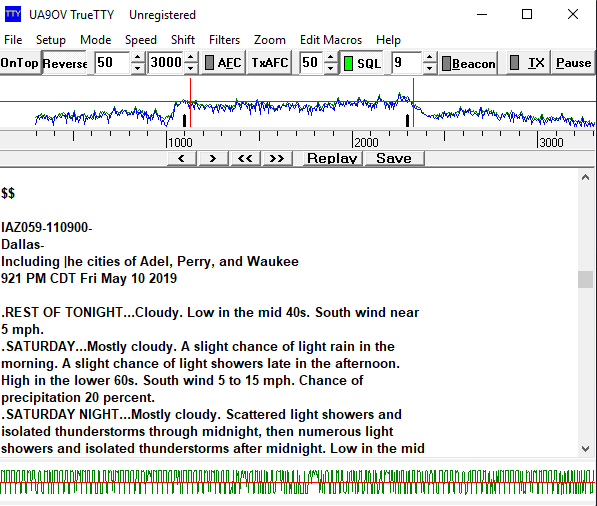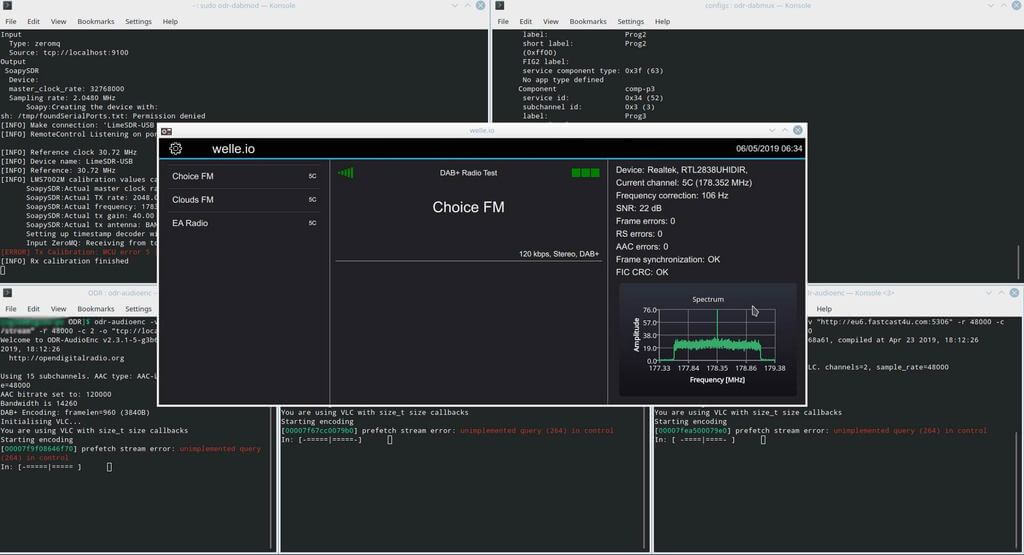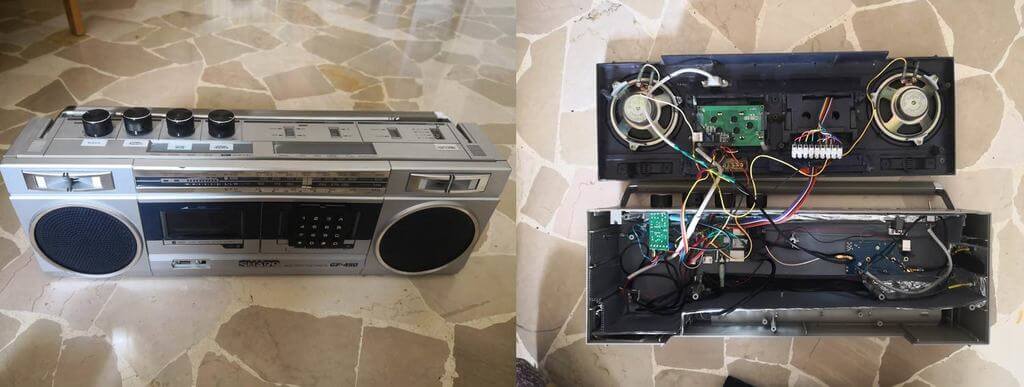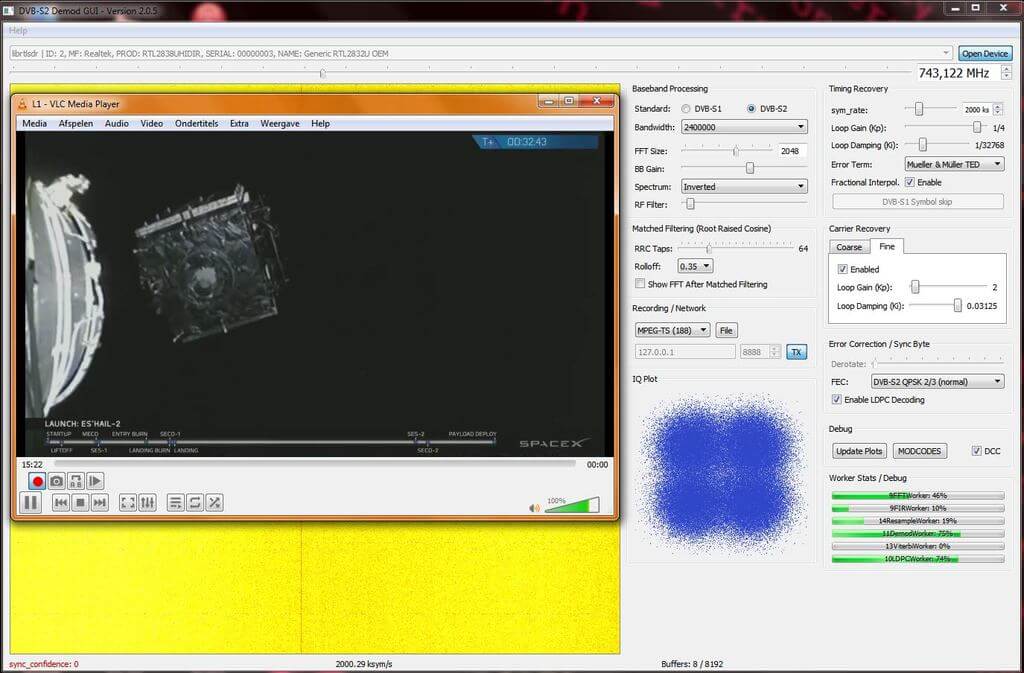RSGB Talk – The Farnham WebSDR: DC to Microwaves on your Smartphone
Over on YouTube the Radio Society of Great Britain (RSGB) has uploaded a talk by Noel Matthews (G8GTZ) titled "The Farnham WebSDR: DC to Microwaves on your smartphone". The Farnham WebSDR runs 8 (soon to be 10) RTL-SDR dongles in order to cover multiple bands from DC to 2 GHz.
If you're interested in their talks, the RSGB also recently uploaded several other amateur radio related talks from their 2018 convention to their YouTube channel.
This presentation gives an overview of the Farnham WebSDR (http://farnham-sdr.com/) which currently covers the LF bands through to 10GHz. The presentation describes the system architecture and antennas currently used on each band and how the team has used RTL dongle receivers, available for under £10, to give good RF performance on all bands from DC to 10GHz. There is a demonstration of the SDR in use on both PC and smartphone.




